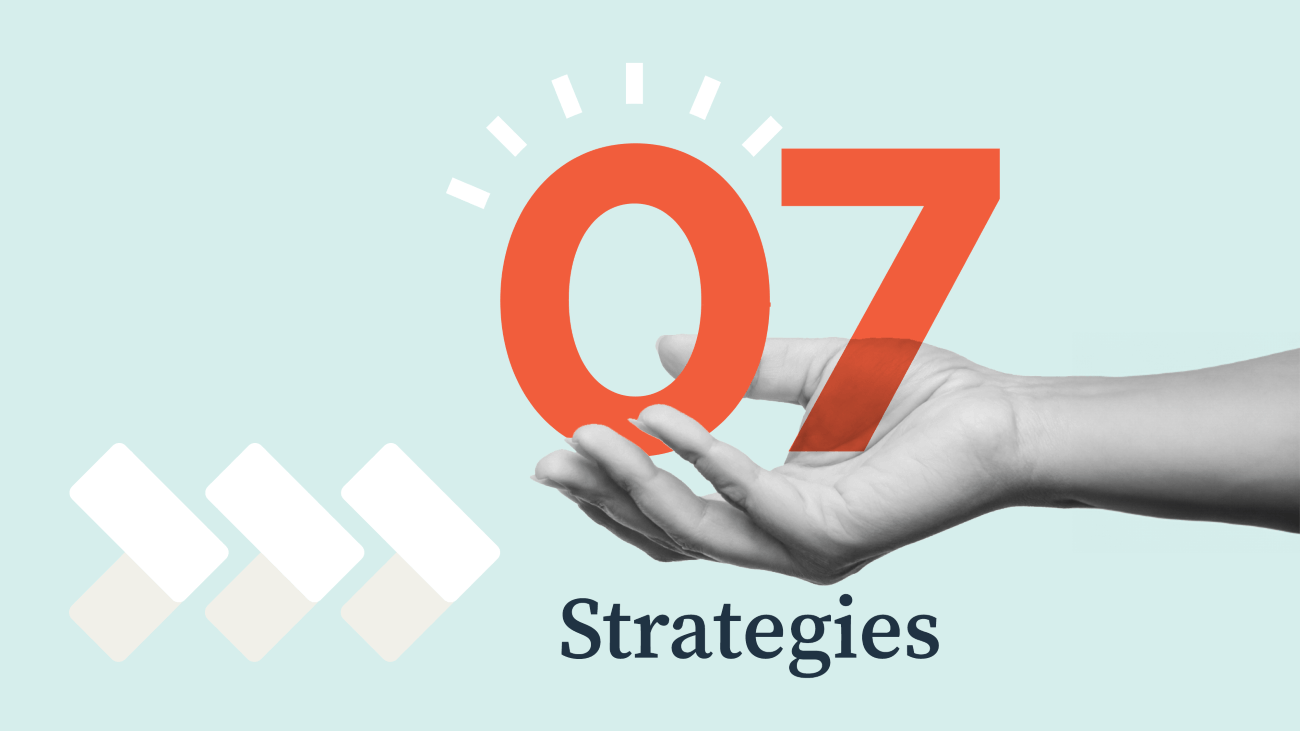
7 Innovative Strategies for Maximizing Marketing Impact with Increasingly Limited Resources
In the ever-changing digital and economic landscapes of today, organizations across all industries and actors are facing a common challenge. This challenge is to maximize your organization’s marketing and overall impact with increasingly limited resources. The pressure to do more with less is a universal hurdle. Balancing ambitious marketing goals under these conditions can be challenging, so we created this guide. This guide covers seven innovative strategies for marketing teams in both for-profit mission-focused focused and nonprofit organizations. Each strategy is crafted to facilitate successful navigation of the complexities in modern marketing and to ensure your message resonates with your target audience.
Embrace Content Repurposing
When you create great content, repurpose it! Take the initiative to know which pieces of past content have done well and create new styles based on those. We are big on data-driven decision-making and tracking at Sulzer. You should be too! Make sure you have the proper analytics tools in place with Google Analytics and Google Tag Manager. This will give you the ability to create events on your website that you would like to track and compile data for analysis. You can also repurpose successful content and present it in different mediums. Such as a highly interacted landing page translates to a similarly designed HTML email. This can offer further insights into the engagement reciprocity of the content and also data on how your audience best engages with your content.
Leverage User Generated Content
A great way to create authentic narratives in your marketing content is to leverage User Generated Content (UGC). UGC takes content provided by your audience and uses that content in UGC campaigns. UGC can act as a form of social proof by showcasing real-life examples of your organization’s work, service, and products. That’s not even the only great thing about this! Your organization will also be saving all of the content creation costs! Double win!
Implement Cost-Effective SEO Practices
We know… SEO costs can seem scary. SEO is also however one of the largest channels in terms of Return on Investment (ROI) and Return on Ad Spend (ROAS). It is also worth considering how powerful this strategy is and what effort other strategies will cost to try and measure up to the returns that SEO provides. With that said, you can likely do some minor touch-up work internally that will improve low SEO scores. Make sure that your site content, site infrastructure, and optimization are all meeting Google search standards. Utilize free trials on keyword search software. Google Trends and AskThePublic.com are great for understanding what your audience is researching and asking questions about. You can also use Google PageSpeed Insights to diagnose SEO page issues.
Capitalize on Partnership Marketing
Use partnerships with other organizations to amplify your marketing efforts! These opportunities can look like social media co-hosting live events or webinars, collaborating on a promotional campaign, or even a joint-campaign approach with organizations in similar spaces. This approach will allow your organization to trade exposure with one another allowing each party to benefit from reaching otherwise costly to reach audiences.
Optimize email marketing strategies
If you do not have an email marketing strategy, get one! If that seems daunting, hire someone to do it for you. Email is the highest ROI marketing channel in the game. Yes, even higher than SEO, with usually much lower costs across the board. But only if it is done right. Email marketing strategies consist of brand positioning, brand messaging and tone, persona identification, list building, automation & ai, content writing, and believe it or not, more than that. Like I said, if it seems daunting, hire a pro. It will be one of the most advantageous decisions your organization makes. Building an email database that your organization nurtures over time is a powerful way to build brand awareness.
Utilize free and open-source tools
Make sure that you are utilizing the proper tools to streamline your workflows! There are also tons of ideas for strategic marketing campaigns out there. Dive in and think about what would work for your organization. What is your organization doing or not doing? What could your organization be doing more or less of? How do these things get your organization where it wants to go? Utilize graphic design tools, CRM software, and automation/integrations wherever possible! There is a tool for everything out there to help enhance your team’s marketing efforts!
Adopt agile marketing practices
Agile Marketing allows organizations to adapt, respond, and engage more effectively in their marketing operations. It begins with segmenting projects into smaller manageable tasks. Then using data as a guide, teams can adjust their approaches based on feedback and market conditions. This approach is especially effective in limited budget scenarios as the most important focuses tend to bubble up and get completed first. Be sure to base your segmentation of tasks on the overarching organizational marketing goals.






